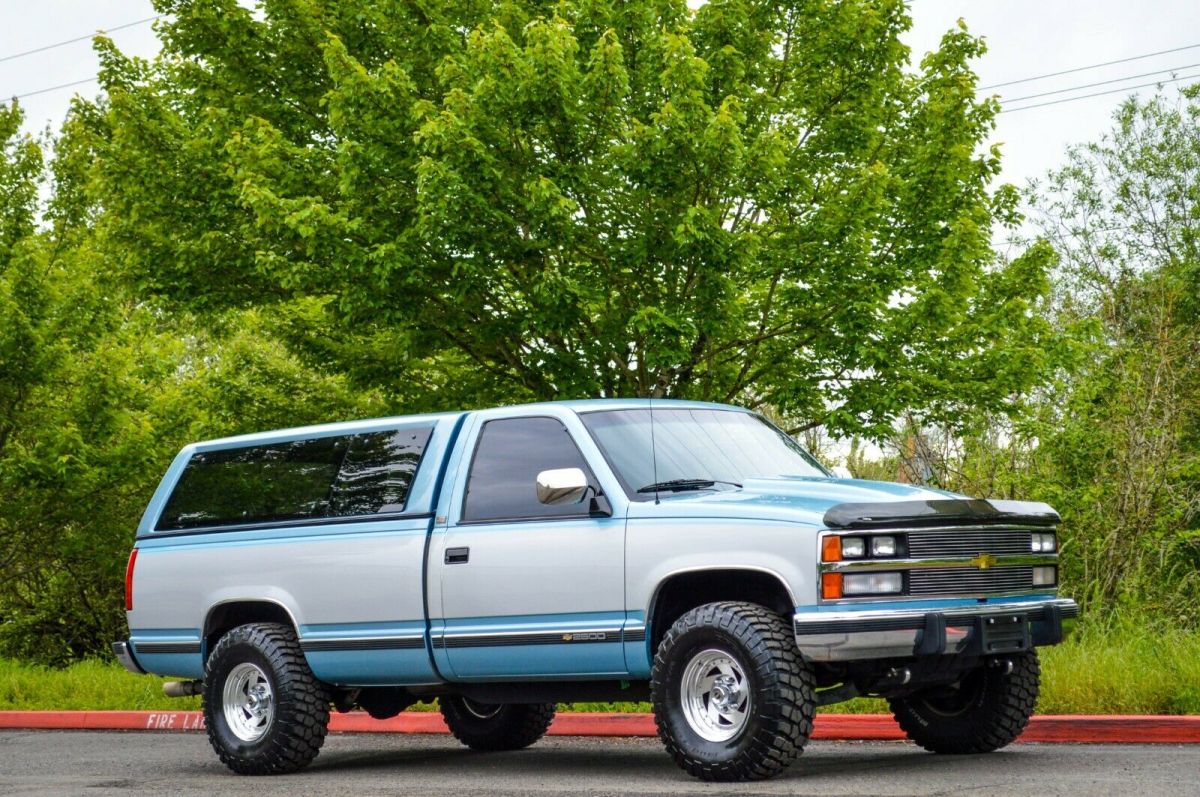

The 240mm measured is exactly what Jeep’s specs say it should be.

Below is a 2017 Wrangler: Measurement under a stock MY17 Jeep Wrangler. We also asked Jeep and it does appear it also uses ground clearance in the proper sense of the word. Their ground clearance definition appears to be actual ground clearance. Mitsubishi says that “MMAL uses the ADR definition for Ground Clearance and the lowest point varies by specific model whether that is a 4WD or not.” That’s as it should be. Actual owner measurements are lower than 225mm. It says running and ground clearance is the same, in direct contradiction of the ADRs. Here’s a screengrab from the current Everest brochure: In other words, Ford’s clearance measure isn’t the lowest point on the vehicle, it’s some other point. Maybe give or take 5mm, but it’s definitely not 237mm. The stated ground clearance for Ranger Raptor is 283mm, and would adhere to this definition.” Measuring under the diff of a standard Ford Ranger PX2 XLT. A differential would be classified as an unsprung clearance. anything above the springs like body etc. So we asked, and Ford told us that “ we refer to ground clearance we refer to ‘Sprung Clearance’ i.e. And as the photo below shows, a stock Ranger doesn’t have 237mm under the diff, so the Raptor’s actual ground clearance will be more like 240mm, a good 40+mm less than what people think it is based on Ford’s press release. Given the Raptor’s tyres are about 33 inches, around 46mm taller than those on the PX2 Wildtrak/XLT, that’s 46 / 2 = 23mm more clearance…yet Ford quote the stock Ranger at 237mm. It quoted an amazing 283mm of clearance for the Raptor.

So, how about we give the ADR people the measurements they want, and the 4×4 public what it wants which is actual ground clearance?įord is doing the same thing. They made a similar error with the Fortuner, claiming it was 279mm when in fact it was 225mm. Go stick a tape measure under the rear diff and I think you’ll find it’ll be more like 216mm, not 250+. And these all have the same diameter tyres as the standard Hilux, basically 265/65/17 or close to it. But it also quotes for the Rugged X, Rogue and Rugged Hilux variantsrunning clearances of 251mm, 216mm and 253mm. However, Toyota quotes 220mm clearance for the Prado, and that’s actually what it is under the rear diff. As their 4x4s have live rear axles, that’s not good. In other words, they use running clearance, not ground clearance. As per the ADR this is the distance from the surface on which an unladen vehicle is standing to the lowest point on the vehicle excluding unsprung mass.” As such the only value we publish is the Running Clearance. Toyota told us they: “Only quote the Running Clearance as the ‘Ground Clearance’ requirement was deleted from ADR 34/04 (Clause 6.4.1) in October 2007. We spoke to a few different 4×4 manufacturers to find out how they define clearance. It’s easy to get hung up on a differential pumpkin and then you’re going nowhere: Ground clearance is important on rocks too. Another 10mm and it would have been fine, like the other vehicles that cruised up this track without an issue. Triton running out of ground clearance, but only just. Even worse really, as it would be difficult in daily driving to tell the difference between 220kW and 235kW, whereas the difference between 220mm and 235mm is easy to spot you’re hung up on a rutted track, wheels spinning, where others have cruised on without a problem. Marketing people would understand if a car rated for 235kW had only 220kW…same deal with 235mm of alleged clearance actually being 220mm. Why does this matter? Because ground clearance is a critical part of a 4×4’s capability. The result is that owners read a ‘clearance’ specification and end up thinking that’s actually the height of something they can drive over when it’s not. It also appears that on occasion the running clearance measurement gets morphed into ground clearance, both by manufacturers and motoring journalists. And unless you go and read the definitions, you’d think that the two are the same. Unfortunately, some manufacturers quote running clearance instead of ground clearance. But, what the average 4×4 owner cares most about is ‘ground clearance’, as defined in the first paragraph of this article, and above in the ADRs. So there’s a bunch of different clearances, which is absolutely fine as each one of those measurements is relevant in some way to vehicle engineering standards. SUSPENSION CLEARANCE – the minimum dimension measured from the front and the rear suspensions to the ground.


 0 kommentar(er)
0 kommentar(er)
